The Camino de Santiago is perhaps one of the most famous walking trails in Europe, but it is also one of the longest. But did you know that there are more than nine different routes taking you to Santiago de Compostela? And that you can also walk parts of the famous pilgrimage path? Walking to Santiago de Compostela is a perfect way to distance yourself from everyday life, find yourself, and most importantly, make a unique centuries-old journey. And if you want to do this in a comfortable way, you want to have your trip planned by Follow the Camino, stay in boutique hotels along your journey and enjoy daily three-course menus. In this article, I’ll tell you everything you want to know about the Camino de Santiago walk.
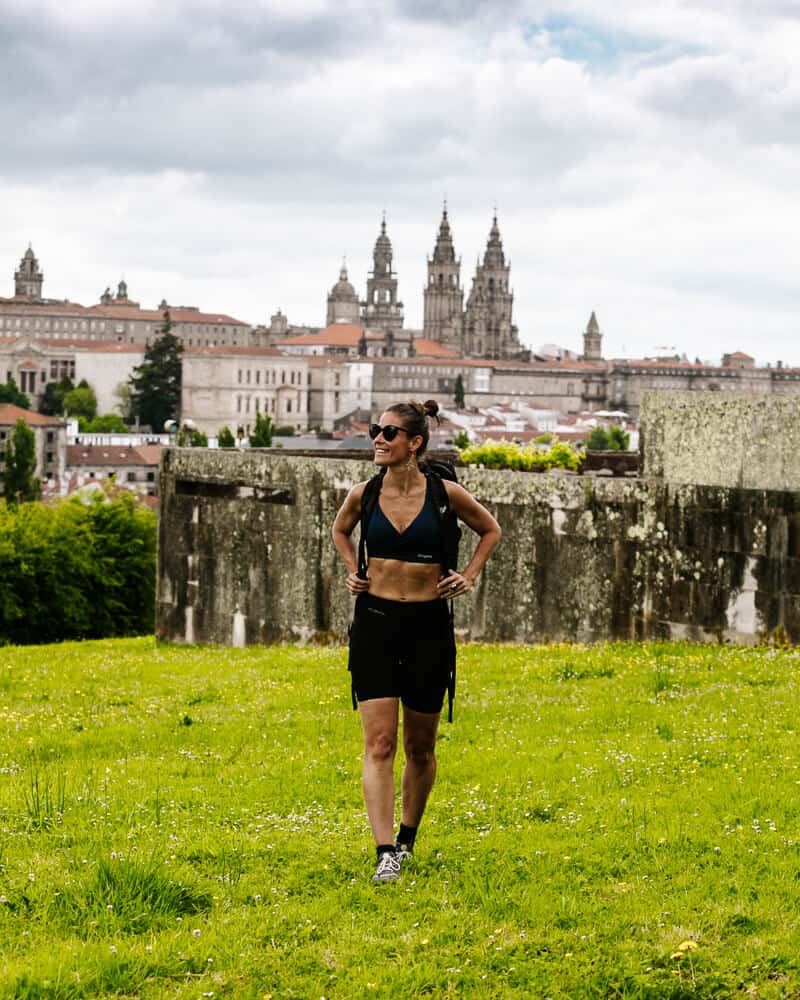
The Camino de Santiago is a network of routes across various European countries leading to Santiago de Compostela in Galicia. This former pilgrimage route is also known as the Way of Saint James because it leads to the tomb of the Apostle James under the cathedral of Santiago de Compostela. It was one of the most important pilgrimage routes in medieval Europe. Today, the route still holds spiritual significance for many people and represents personal development and growth. Each year, the paths attract numerous walkers who follow in the footsteps of pilgrims, for a short or long period.
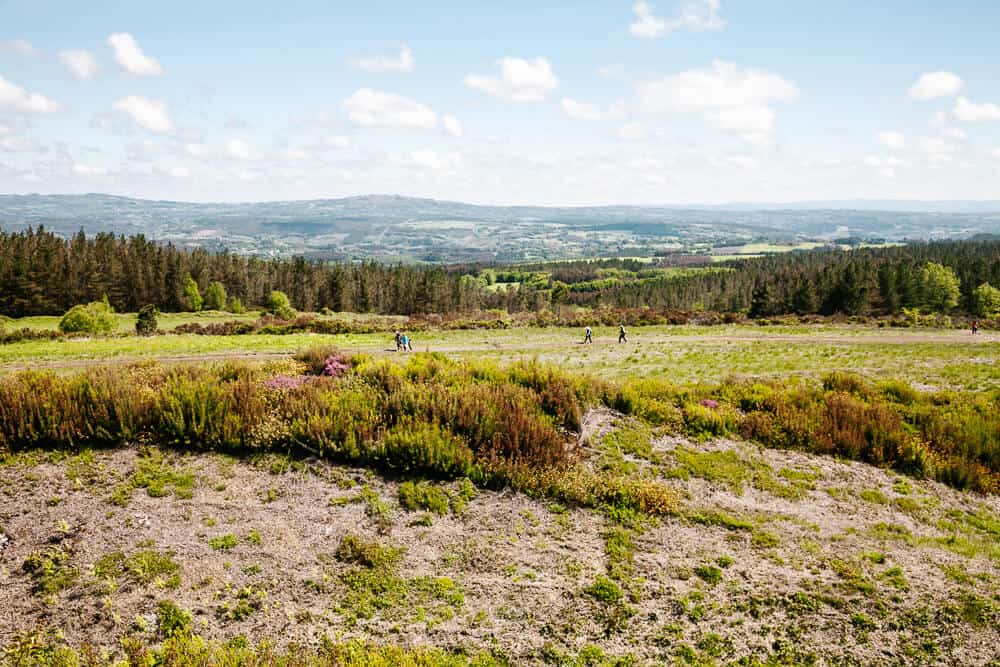
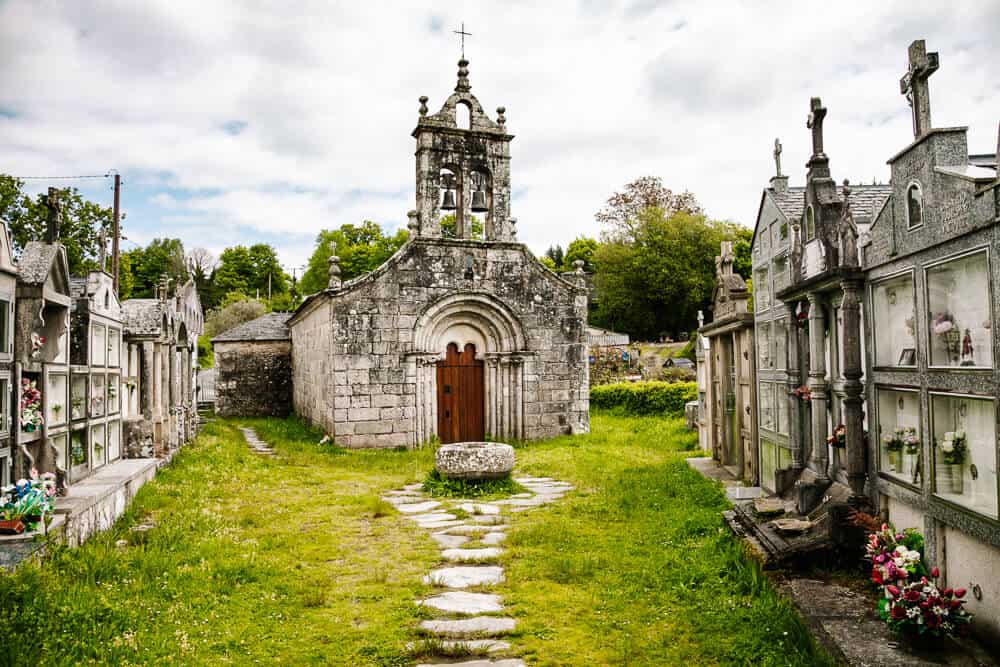
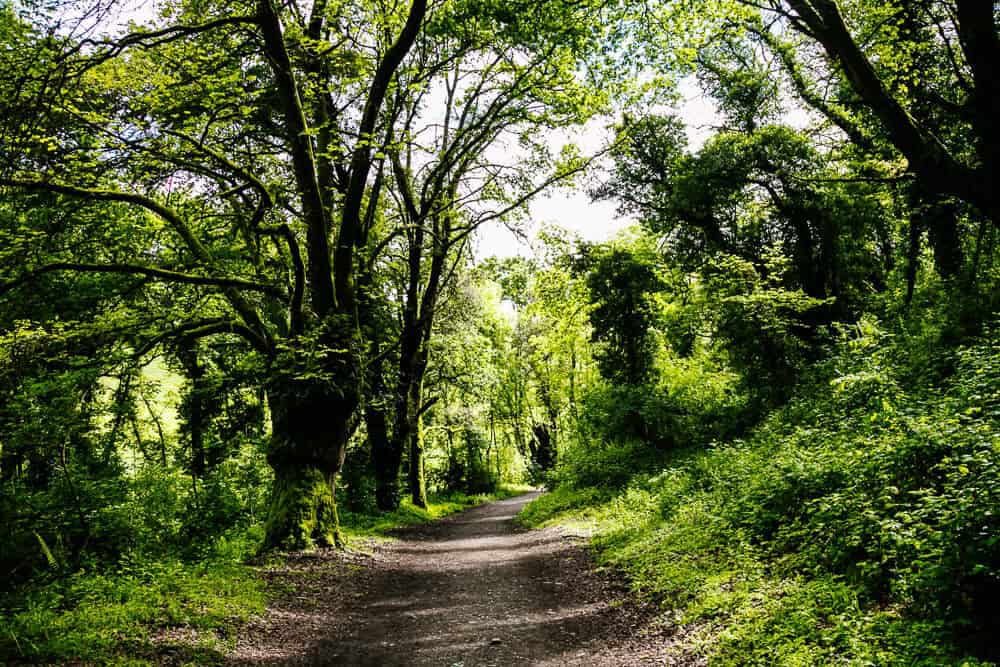
Contrary to popular belief, the Camino de Santiago walk is not a single route but it consists of more than nine different walking trails through Spain, Portugal and France. Some route examples are: the Camino Francés, the Camino Portugués and Camino Portugués Coastal Route or the Camino del Norte, each with its own characteristics. These paths even connect with pilgrimage routes in other countries. Whereas pilgrims used to start the route at home, today you can choose where to begin. And if you’re limited on time or budget, any of these routes can be sectionable walked. By doing so every year, at some stage you’ve walked the full route.
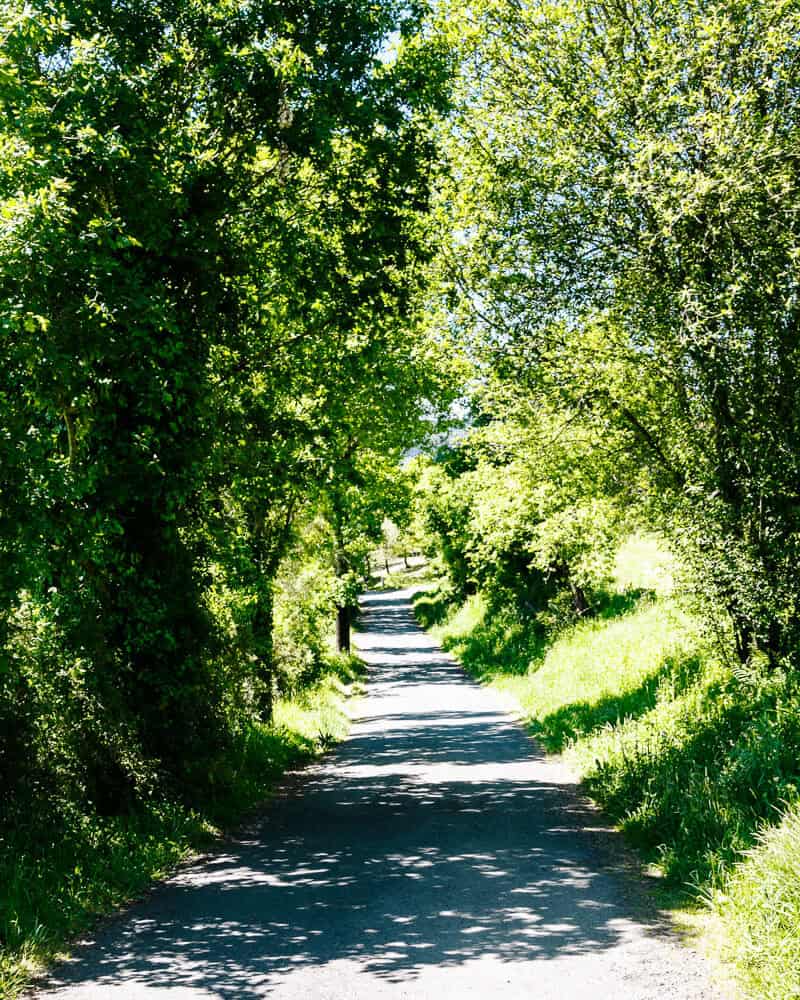
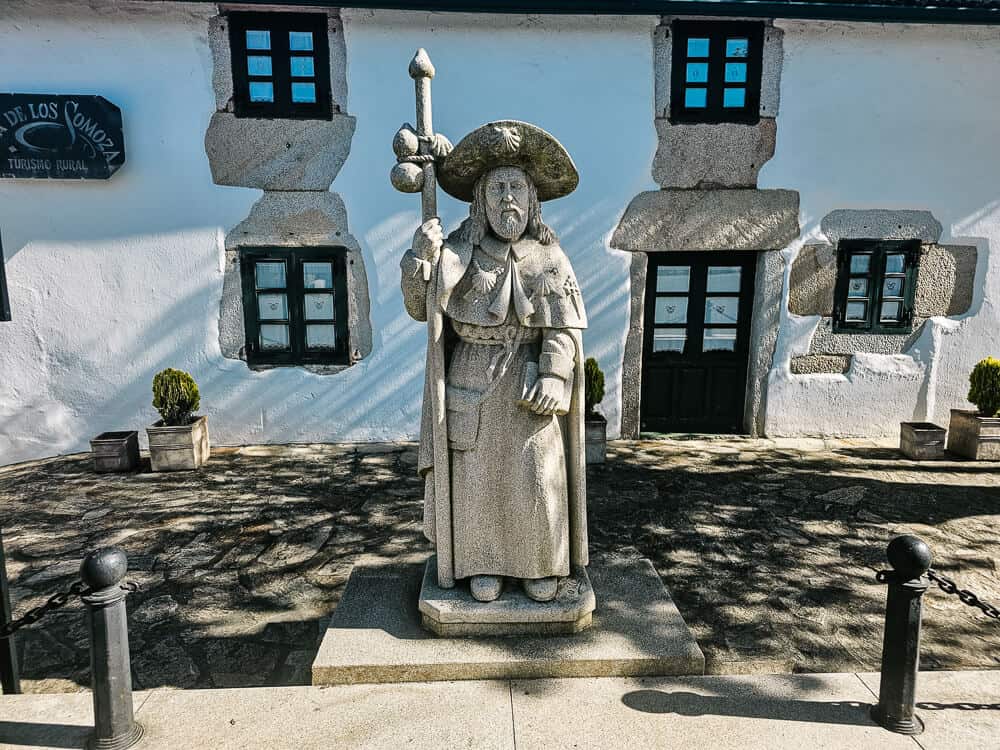
Which route you choose depends entirely on your interests. It’s essential to ask yourself how long you want to walk: days, weeks, a full month or even more? What do you want to see along the way? Do you prefer a hilly landscape with lots of forests and greenery, want to walk through the mountains, or perhaps along the coast? Are you looking for a quiet route, or do you want to meet more pilgrims along the way? Once you have these aspects clear, choosing your camino becomes much easier. And this is also where a tour operator like Follow the Camino comes in.
Their Camino experts provide you with all the information and help you plan a tailor-made itinerary, including booking accommodations, providing breakfast and evening meals and a luggage transfer service. I chose the last 100 km of the Camino Frances (from Sarria to Santiago), one of the most popular routes to Santiago de Compostela as several roads from France come together here.
Curious about the different routes to Santiago de Compostela? Check out the website of Follow the Camino. Here, you’ll quickly get an idea of the numerous possibilities.
The Camino Frances has inspired various writers and filmmakers, such as Paulo Coelho with his book “The Pilgrimage” and the Hollywood film “The Way” with Martin Sheen. The Camino de Santiago itinerary consists of 8 stages, leading from St Jean Pied de Port in France, through the Pyrenees, across northern Spain, passing cities like Pamplona, Burgos, and Leon, all the way to Santiago de Compostela, a total of 800 kilometers. If you aim to fully complete it, you should allow a month for this journey and make sure you are physically prepared. Otherwise, consider walking 1 of the 8 stages.
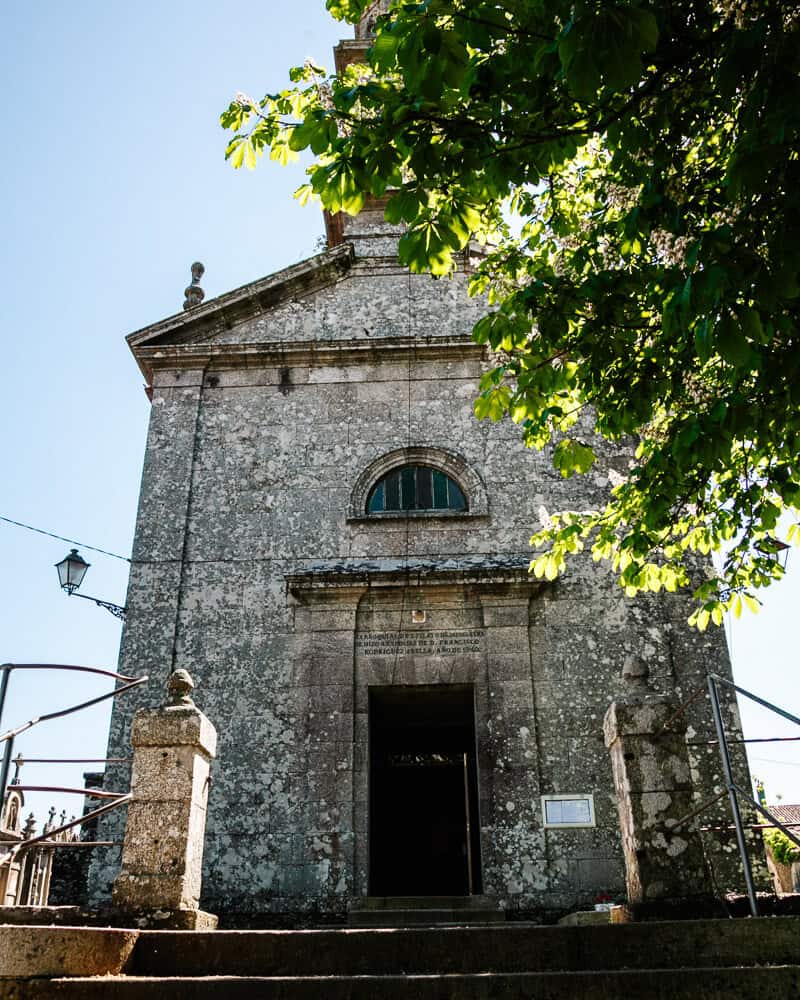
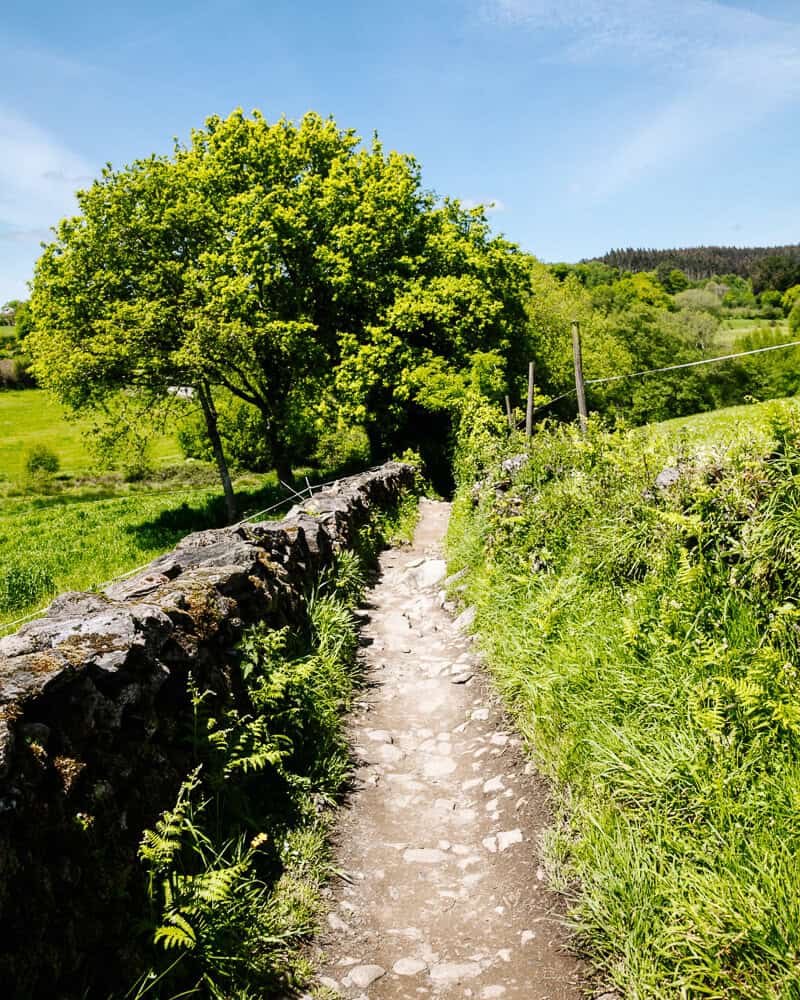
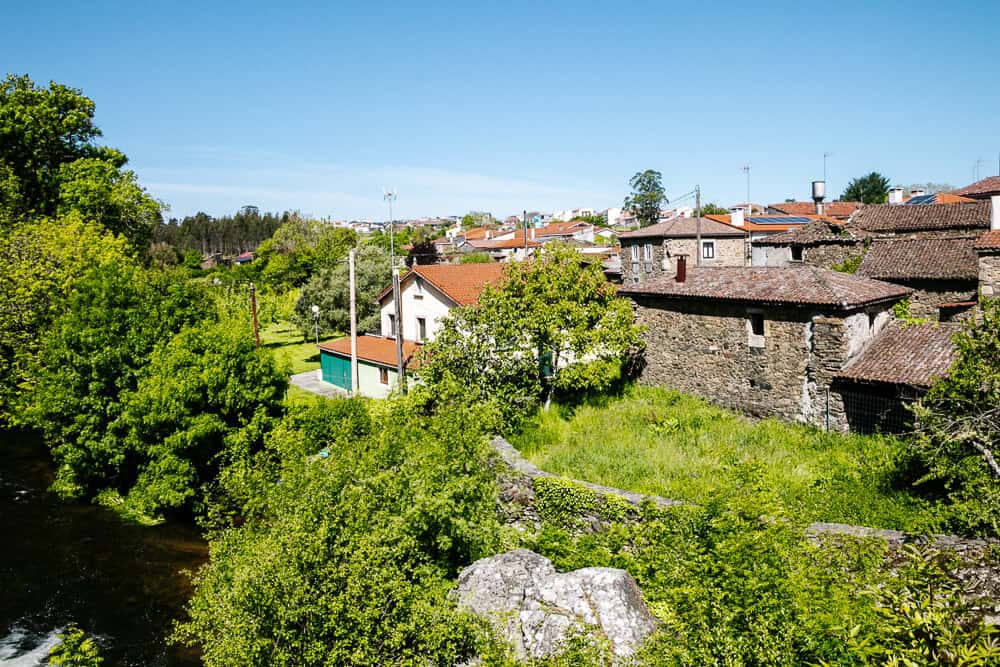
But if you have less time, there are options. You can, like me, walk only the last 100 km of the Camino Frances to Santiago de Compostela. This route is 130 kilometers and takes you from Sarria, through the hilly landscape of Galicia, to Santiago in 5 days. This is also the minimum distance you must walk to qualify for an official Camino de Santiago pilgrimage certificate, wich is more fun than you might initially think. It’s also worth ending your Camino de Santiago walk with two extra nights in Santiago de Compostela, a lovely city to unwind and soak up the unique atmosphere. This is the ideal route for beginners as it gives you a taste of what would be to walk the full route. It is also one of the most popular and crowded ones, so you won’t definitely feel alone.
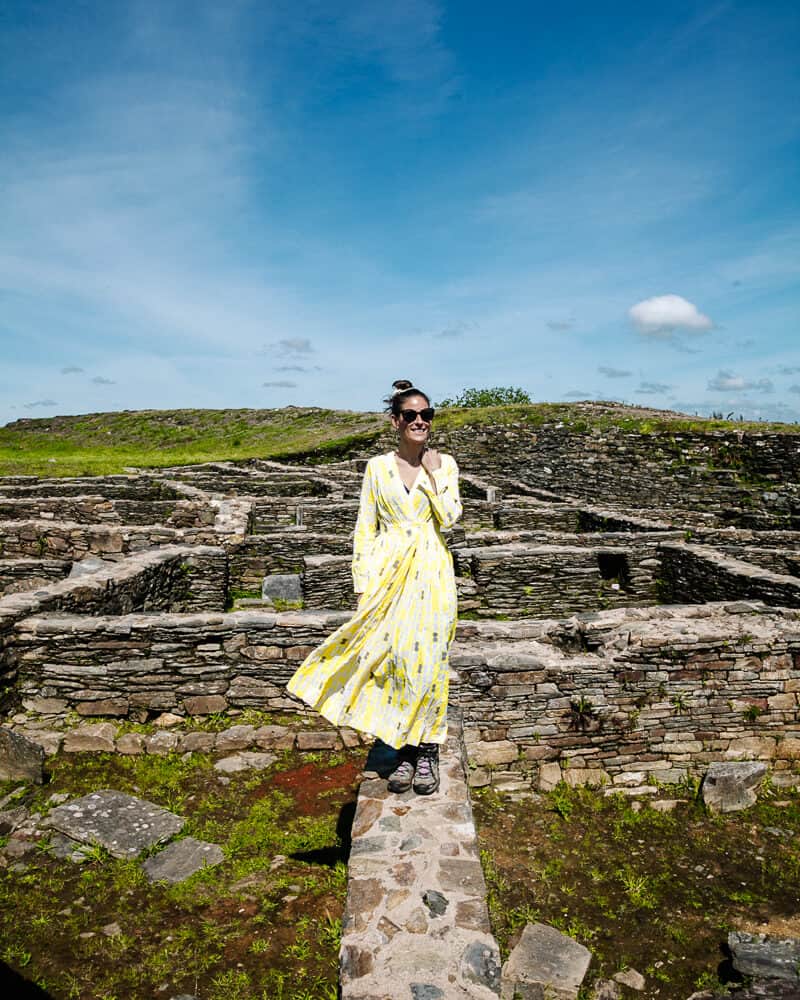
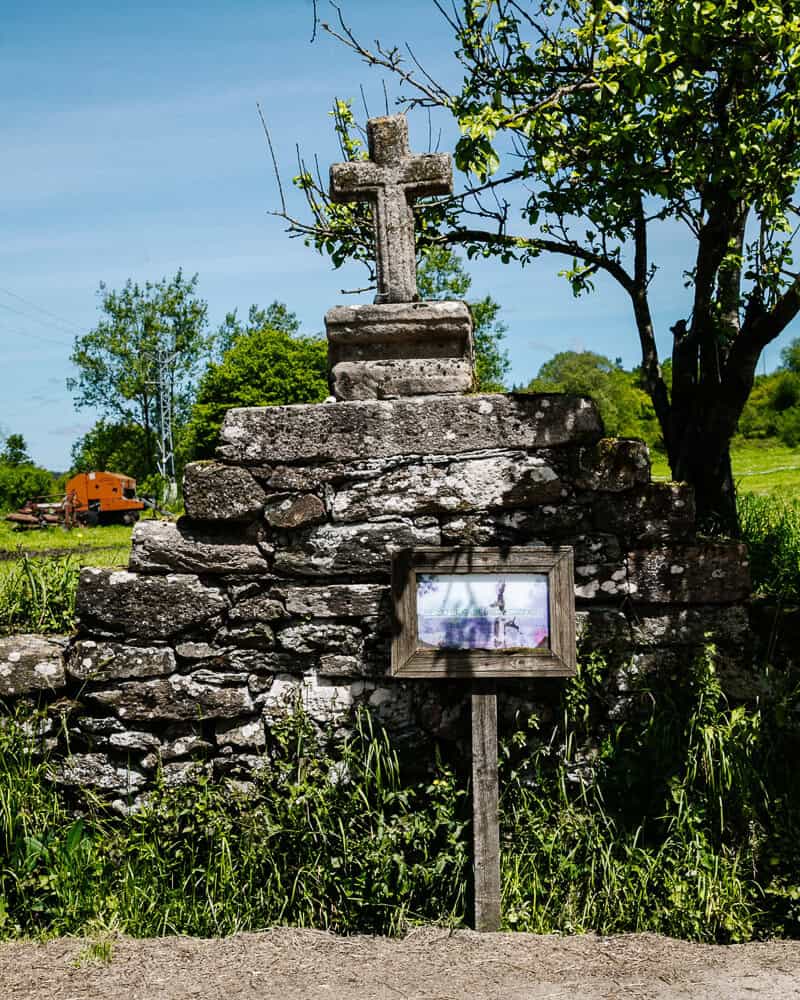
Do you want to read more about my experiences on the last 100 km to Santiago de Compostela? In the next article, you will find a day-to-day description.
There are several ways to plan your camino. One of the best options is to use the services of a Santiago de Compostela planner such as Follow the Camino. Based on your preferences, they help you plan a custom made itinerary, book accommodations, including meals, provide detailed route information with maps, luggage transfers, a lot of tips and tricks through their pre-departure briefings and you can even track your route through their App available on iOS and Android. After booking, you enter your online environment through Follow the Camino’s trip portal and are guided through all preparations from A to Z.
If you think that you have to sleep in bunk beds or trekking huts during the Santiago de Compostela walk, you are entirely wrong. The Camino de Santiago walk offers numerous accommodation options in various price ranges. You’ll find simple hostels as well as many beautiful boutique hotels, located in cities or natural surroundings. Follow the Camino offers packages, allowing you to choose your level of luxury and service. They also ensure a nice balance between city and nature based on your preferences.

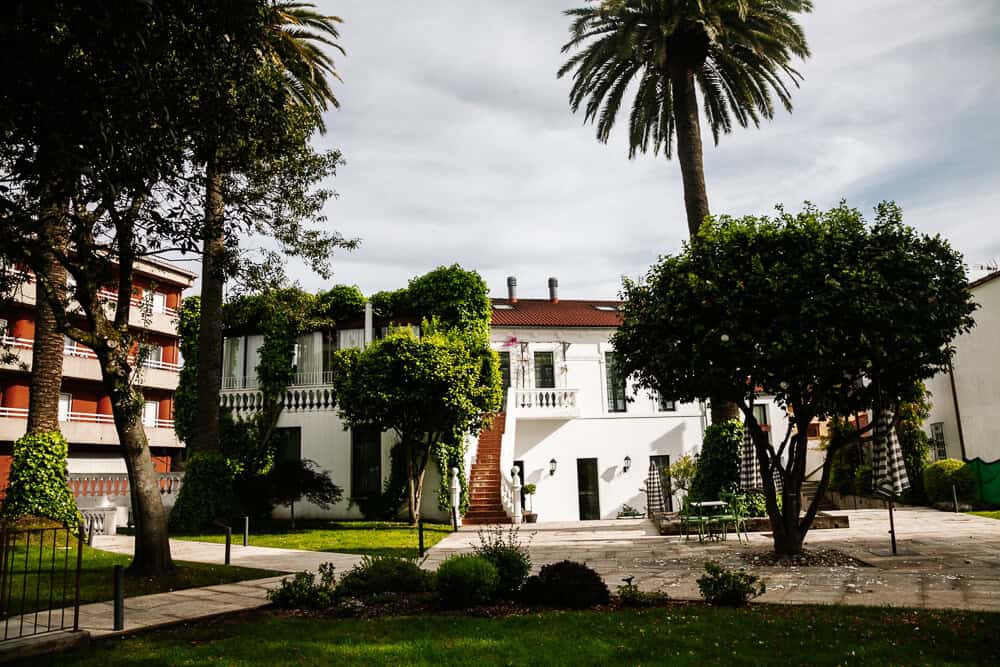
Walking directly to your hotel in one of the small towns has its advantages, but being transferred to a place in nature is also great. I was surprised every day by the places I ended up in. Believe me, there’s nothing better than finishing a day of walking in a lovely bed with silky soft sheets an relaxing your muscles in your own jacuzzi. It’s up to you, but comfort should not be an issue.
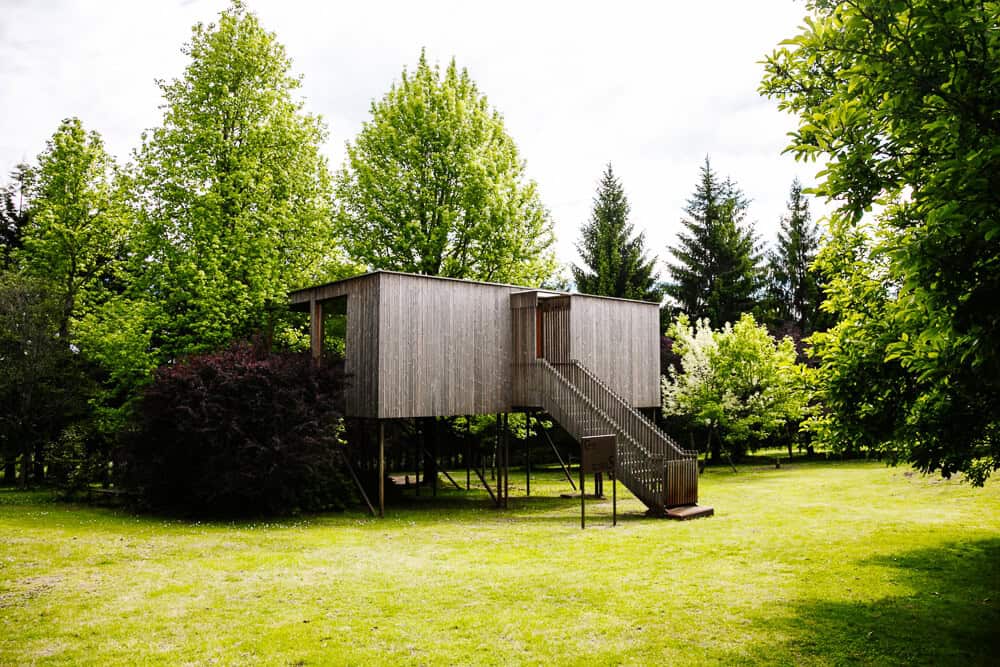
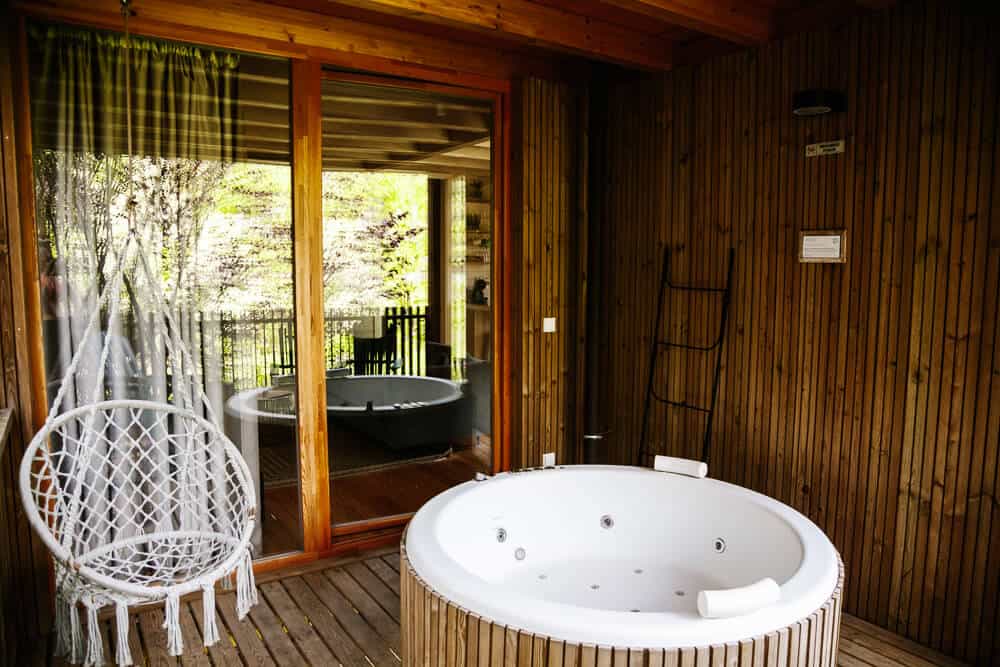
Along the Camino de Santiago walk, you’ll find various bars and shops. Almost every village has at least one. It’s good to familiarize yourself with the itinerary beforehand so you can schedule breaks and avoid getting hungry when the next village is still 8 kilometers away. The menu includes Spanish bocadillos, tortillas, salads, and more elaborate meals like pasta, paella, pizza, and meat dishes. Personally, I like a light meal during a long walk. Also, it’s important to regularly refill your water bottle at one of the fountains or shops along the way and bring snacks to recharge occasionally.
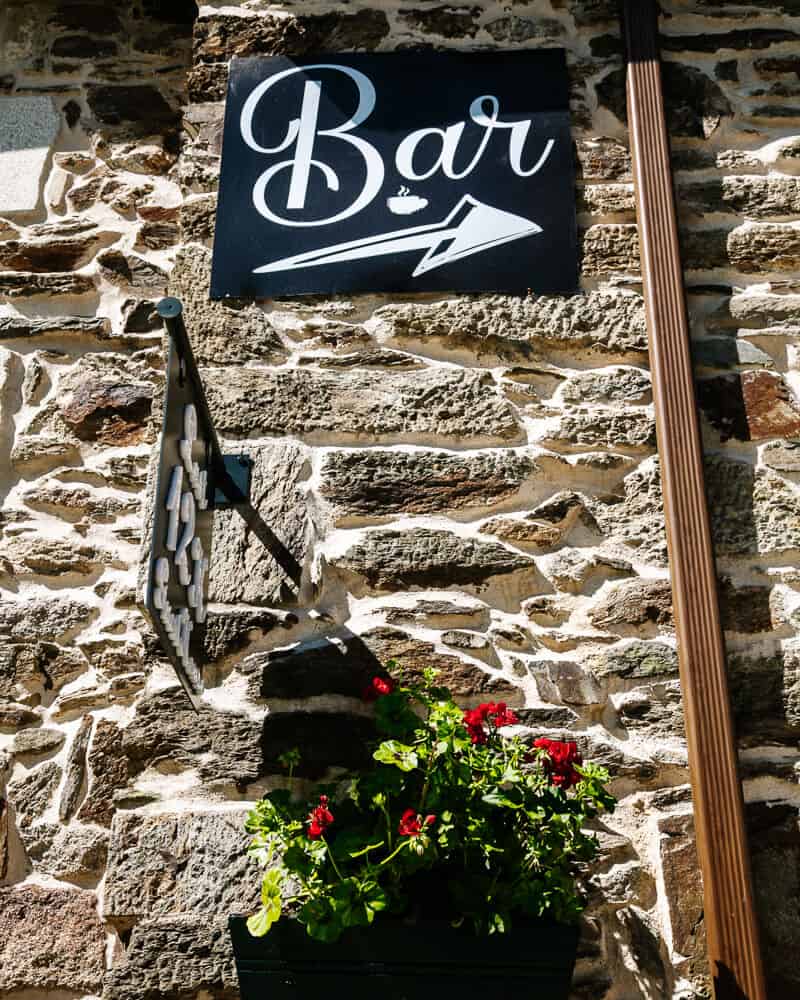
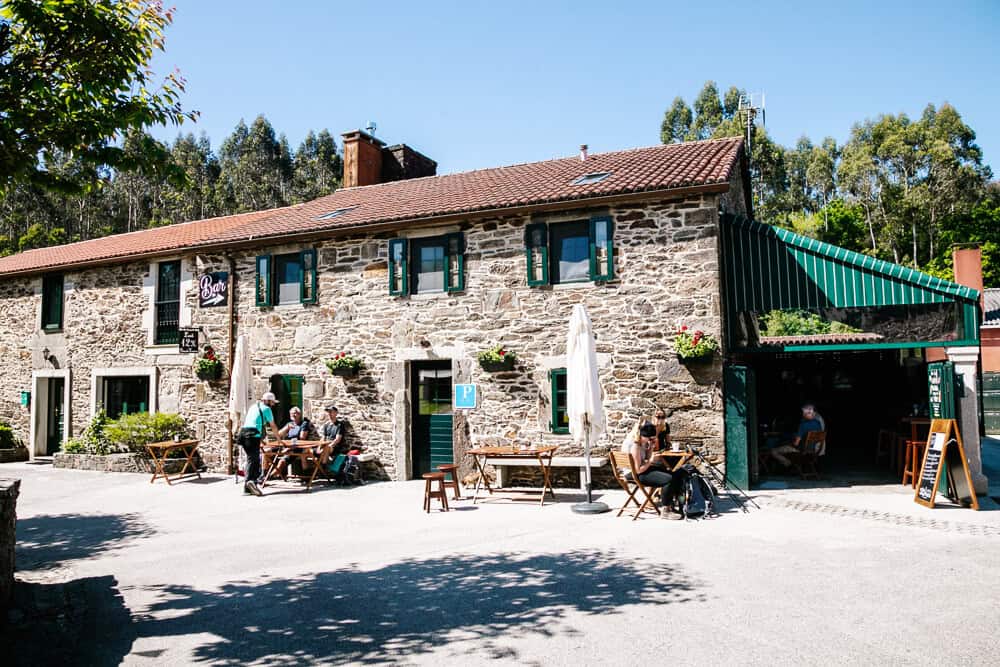
Follow the Camino offers breakfast and dinner options with your accommodation. The dinner, in particular, is a valuable addition. The hotel provides a three-course menu at the hotel itself or in one of the nearby restaurants. It’s wonderful to be pampered with a full meal after a day of hiking.
Of course, you can choose to walk to Santiago de Compostela daily with a large backpack. But it’s much more comfortable to leave your large luggage transfer behind and only carry a daypack. Follow the Camino offers a luggage service where you leave your luggage at the reception at 8 am on a daily basis. It will then be transferred to your new destination before you arrive. It’s a top service you won’t want to save money on.
When reading about the Camino de Santiago, you’ll come across the pilgrim passport, Credential del Peregrino, a special booklet where you can collect stamps. Follow the Camino provides this passport along with other Camino essentials such as walking notes and guide books. Something that seems small at first becomes an important part of the journey. You can get stamps at churches, restaurants and hotels along the path and many of them are beautiful and unique. You need at least two stamps per day to collect your official Compostela Pilgrims Certificate, at the Oficina de Acogida al Peregrino, near the cathedral.
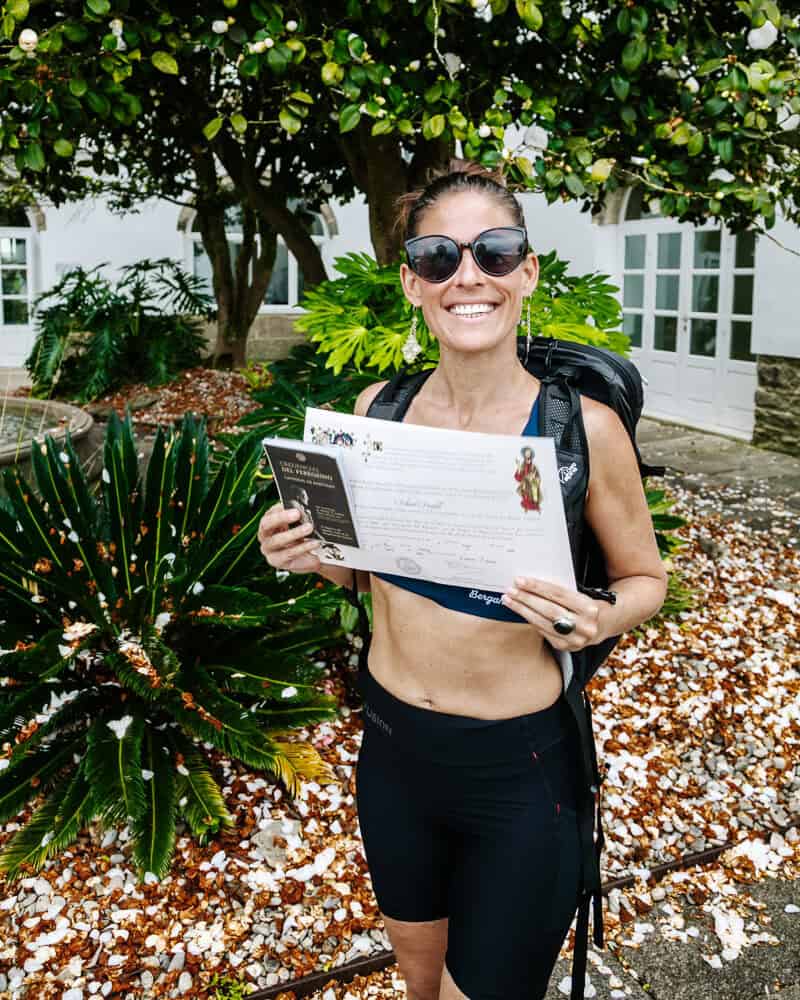
In addition you can also ask for the Certificate of Distance, certifying the number of kilometres you have walked, printed on parchment paper and decorated with a phrase in Latin and a thumbnail, both from the Codex Calixtinus. Just be prepared for some waiting times, but after walking the Camino, you don’t want to miss out on such a beautiful memento.
Firstly, it’s good to know that you walk an average of 20 kilometers per day, depending on the route you have chosen, so you must enjoy walking and have a good basic level of fitness. To get the most out of your journey, you want to be both physically and mentally prepared. If you plan to walk the entire Camino Frances, you’ll be on the road for about 30 days and it’s essential to train beforehand. Via Follow the Camino you will receive a training program and tips to optimally prepare yourself.
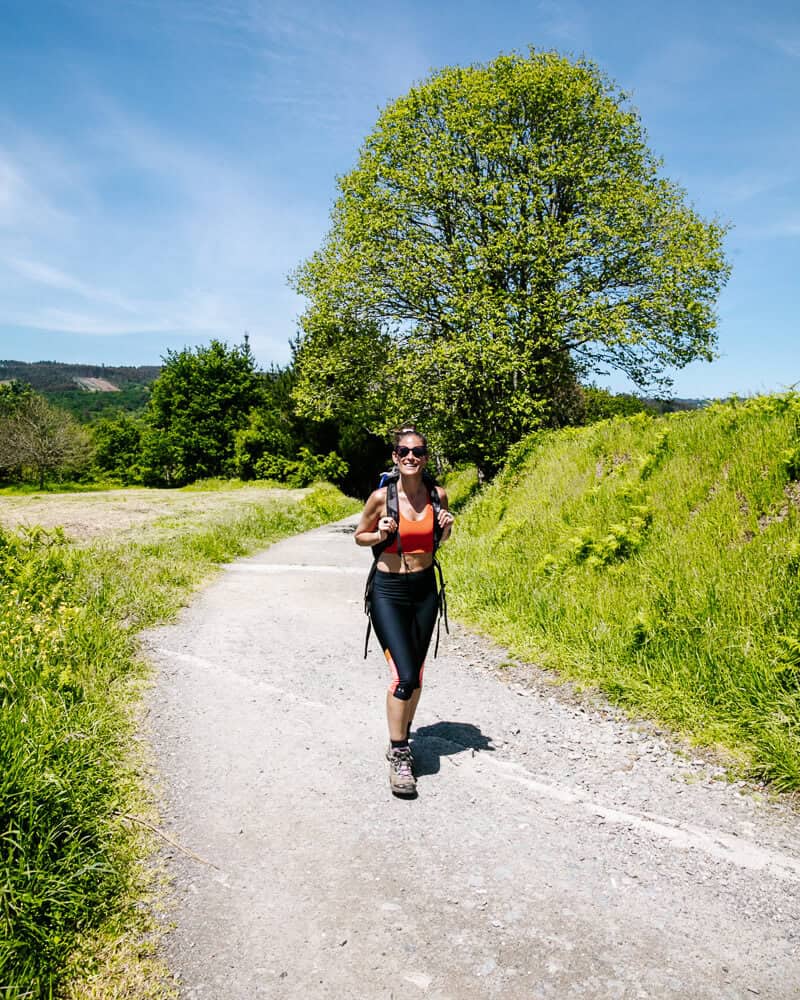
The last 100 km to Santiago de Compostela is accessible and not difficult in terms of elevation. There are plenty of places to rest along the Santiago de Compostela trail. However, there will be moments when you have to push through, especially since you’ll feel the fatigue in your legs after a few days.
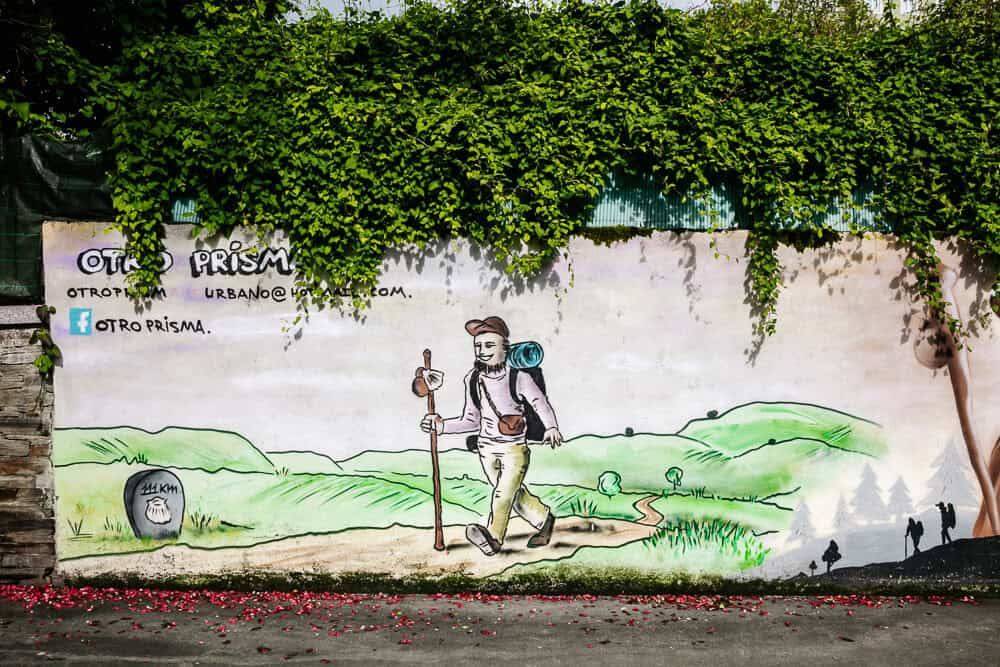
I’ve seen all kinds of people walking the Camino de Santiago, from solo walkers, groups of friends, couples, to retirees and school classes. They were from all over the world: Colombia, Korea, Germany and Australia are just examples. Everyone has their own reasons, making this walk even more unique in my opinion.
During your Camino de Santiago walk, you will find yellow arrows combined with a Saint James shell, an old and still important symbol of the Camino. You really can’t get lost. It’s of course recommended to familiarize yourself with the itinerary beforehand so you know what to expect and can make a plan.
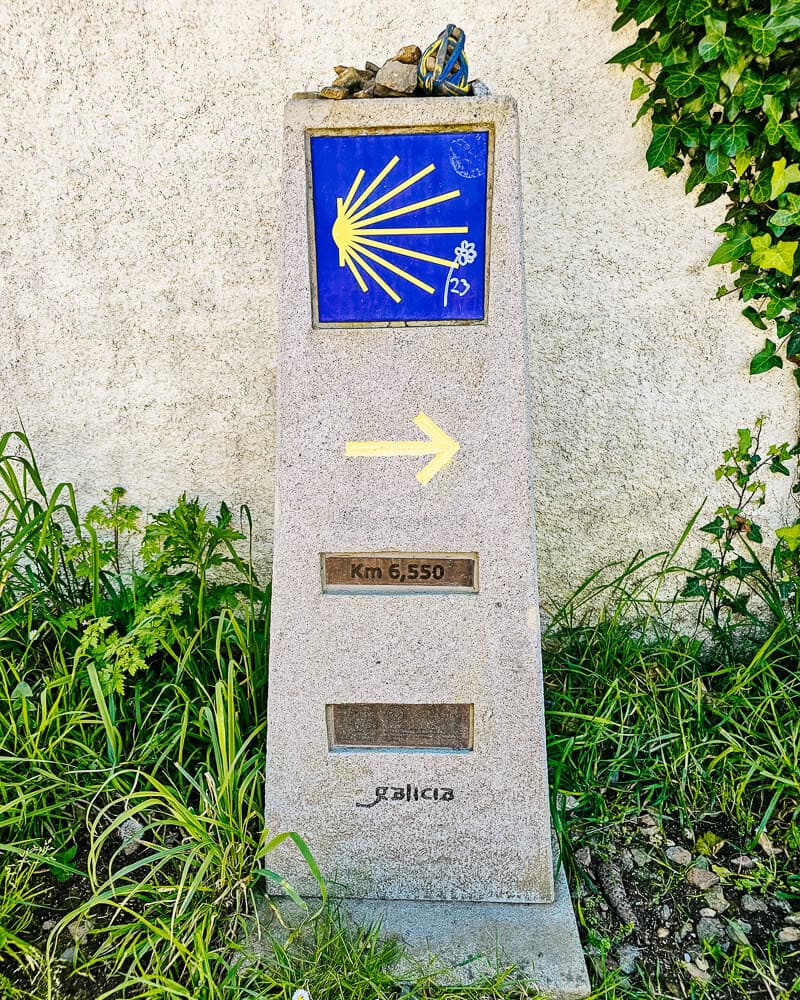
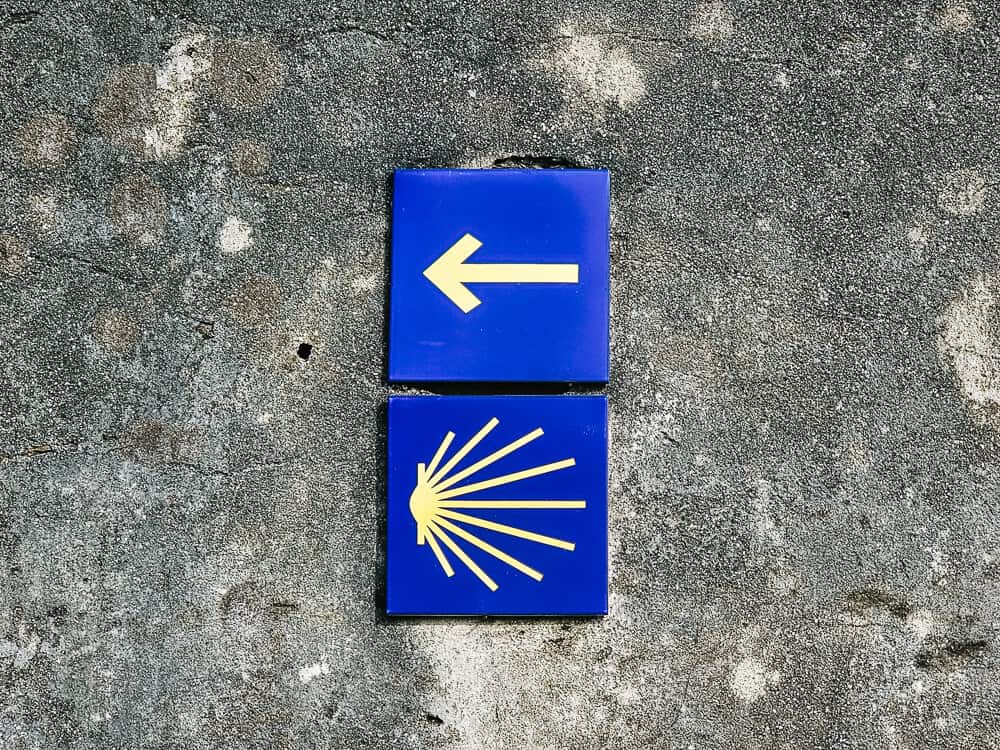
The best time to walk to Santiago de Compostela is between April and October. Spring and autumn offer the best chance for mild weather, providing comfortable walking temperatures. However, you can also be unlucky. Summer months can be very hot, so it’s good to consider what you find as comfortable walking weather. Also, keep in mind the busy periods in May, June, and July, as it’s vacation time in many parts of Europe.
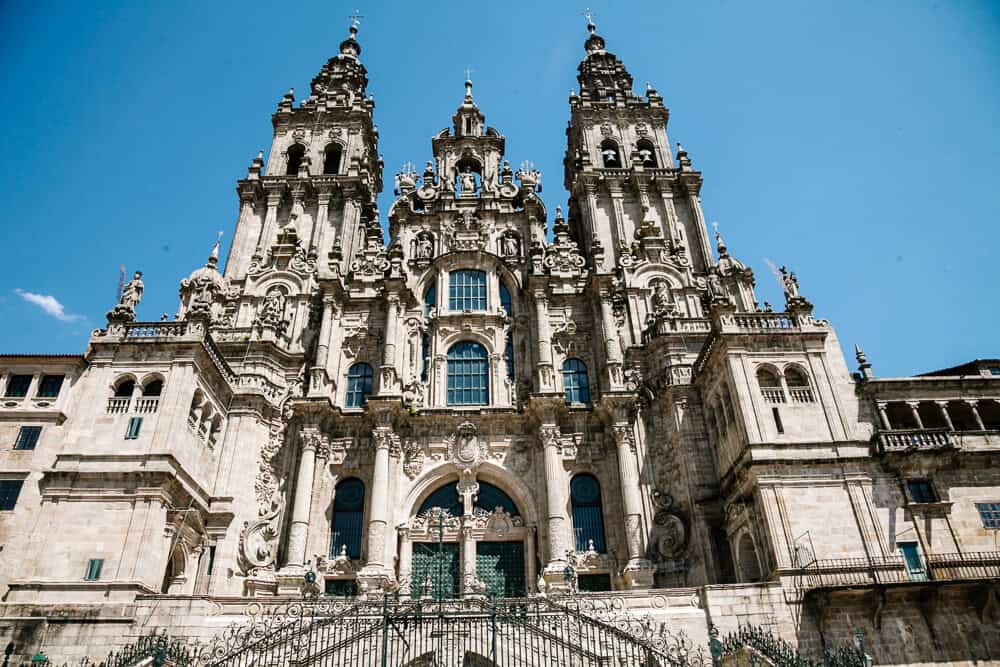
This depends on how you travel, but assuming you sleep in hotels and use a luggage service, you need very little on the way. You leave your large luggage at the reception daily, and it’s brought to your next destination, while you’re walking. In your daypack, you’ll want to bring at least the following items:
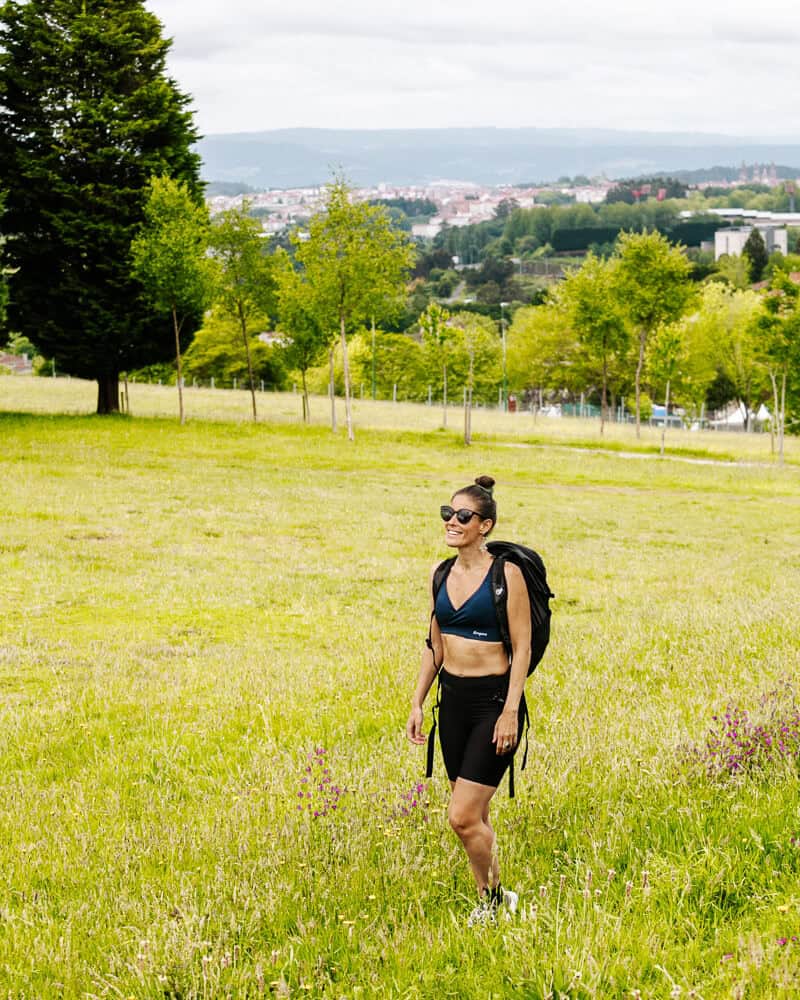
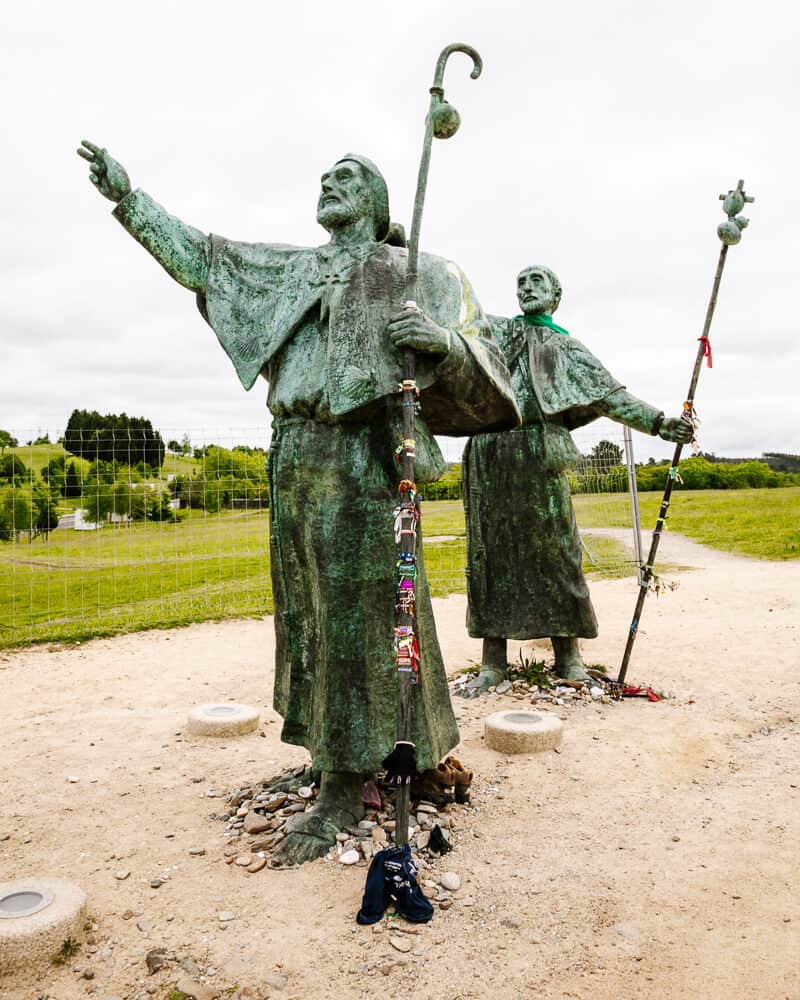
Are you planning to walk the Camino Santiago de Compostela but still hesitant? Because you’re not ready? Or are you worried about the organizational part? I can only recommend, to just go for it. The last 100 km of the Santiago de Compostela walk is very accessible and less difficult than you think. You’re never too far from amenities, unlike treks in South America. Moreover an organization like Follow the Camino takes all the organizational work off your hands. Moreover, you don’t have to be a spiritual person to enjoy the journey.

Follow the Camino is the original Camino tour operator. They have been in the business since 2006 and have driven thousands of pilgrims in the past years to Santiago de Compostela. With their expertise, they help you to organize your tailor-made Camino. So that you only have to concentrate on walking to Santiago de Compostela. Based on your needs, a package consists of the following components:
Do you want to know about about Follow the Camino? Check out the website.
Do you want to read more about walking the last 100 km to Santiago de Compostela? In the next article you can read my experiences including a day-by-day description.
This article may contain affiliate links. If you purchase something using one of our links, we may receive a commission at no extra cost to you, which helps us keep this blog alive. Thank you for your support! Please see our disclosures for more information.